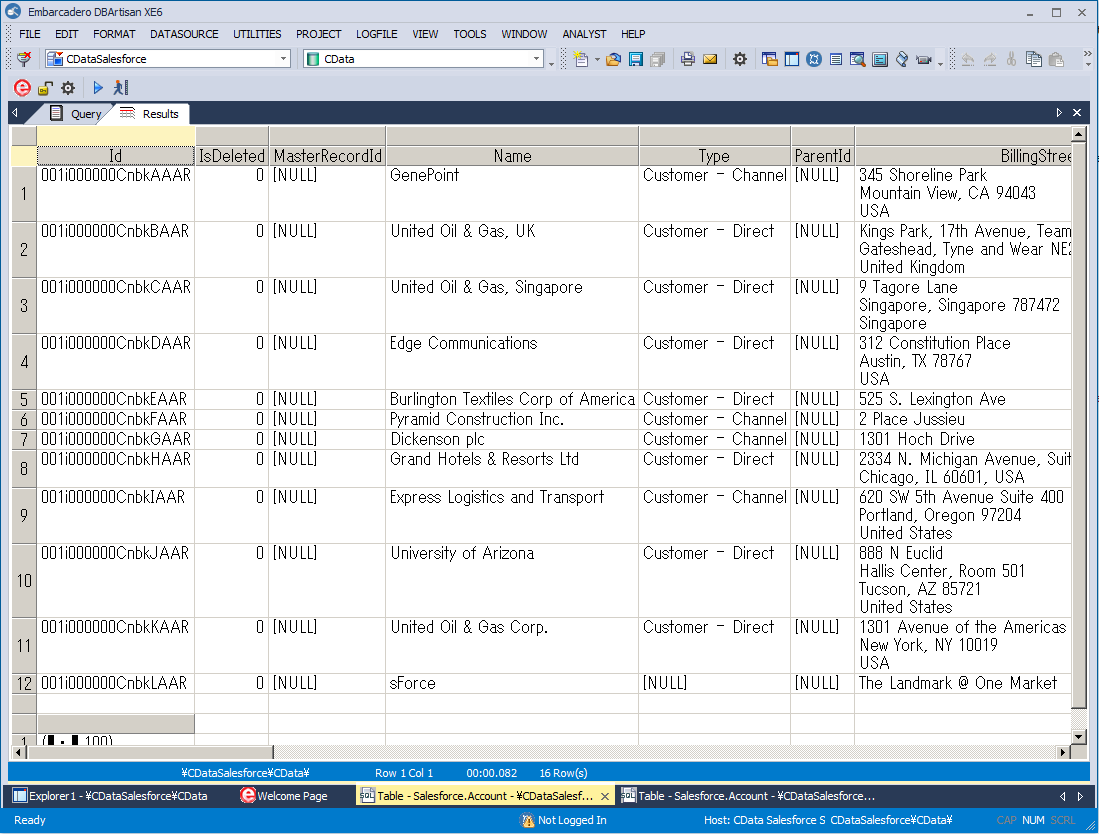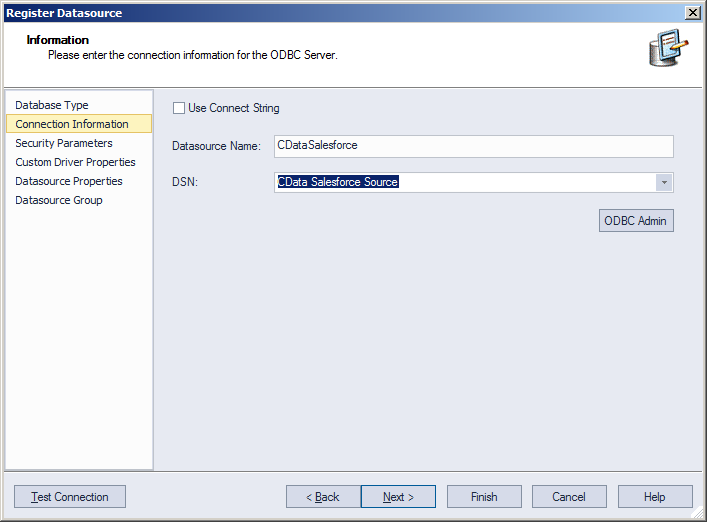Model Context Protocol (MCP) finally gives AI models a way to access the business data needed to make them really useful at work. CData MCP Servers have the depth and performance to make sure AI has access to all of the answers.
Try them now for free →Connect to OData Services in DBArtisan
Use wizards in DBArtisan to configure OData services as a data source.
The CData ODBC Driver for OData seamlessly integrates OData services into database management tools like DBArtisan by enabling you to access OData services as a database. This article shows how to create an data source for OData in DBArtisan and execute queries. You can then edit data visually and execute standard SQL.
About OData Data Integration
CData simplifies access and integration of live OData services data. Our customers leverage CData connectivity to:
- Access OData versions 2.0, 3.0, and 4.0, working with legacy services and the latest features and capabilities.
- Leverage advanced query options, including $filter, $select, and $expand, enhancing data retrieval from 3rd party tools.
- Use Server-side execution of aggregation and grouping to minimize data transfer and boost performance.
- Authenticate securely using a variety of schemes, including Azure AD, digest, negotiate, NTLM, OAuth, and more means secure authentication with every connection.
- Use SQL stored procedures to manage OData service entities - listing, creating, and removing associations between entities.
Customers use CData's solutions to regularly integrate their OData services with preferred tools, such as Power BI, MicroStrategy, or Tableau, and to replicate data from OData services to their databases or data warehouses.
Getting Started
Integrate OData Services into DBArtisan Projects
If you have not already, first specify connection properties in an ODBC DSN (data source name). This is the last step of the driver installation. You can use the Microsoft ODBC Data Source Administrator to create and configure ODBC DSNs.
The User and Password properties, under the Authentication section, must be set to valid OData user credentials. In addition, you will need to specify a URL to a valid OData server organization root or OData services file.
You can then follow the steps below to register OData services as a database instance in your project:
- In DBArtisan, click Data Source -> Register Datasource.
- Select Generic ODBC.
- Enter a name for the data source and select the DSN.
![The DSN of the data source to be registered. (Salesforce is shown.)]()
- Finish the wizard to connect to OData services. OData entities are displayed in the Datasource Explorer.
![The Datasource Explorer. (Salesforce is shown.)]()
You can now work with OData services as you work with any other database. See the driver help documentation for more information on the queries supported by the OData API.




